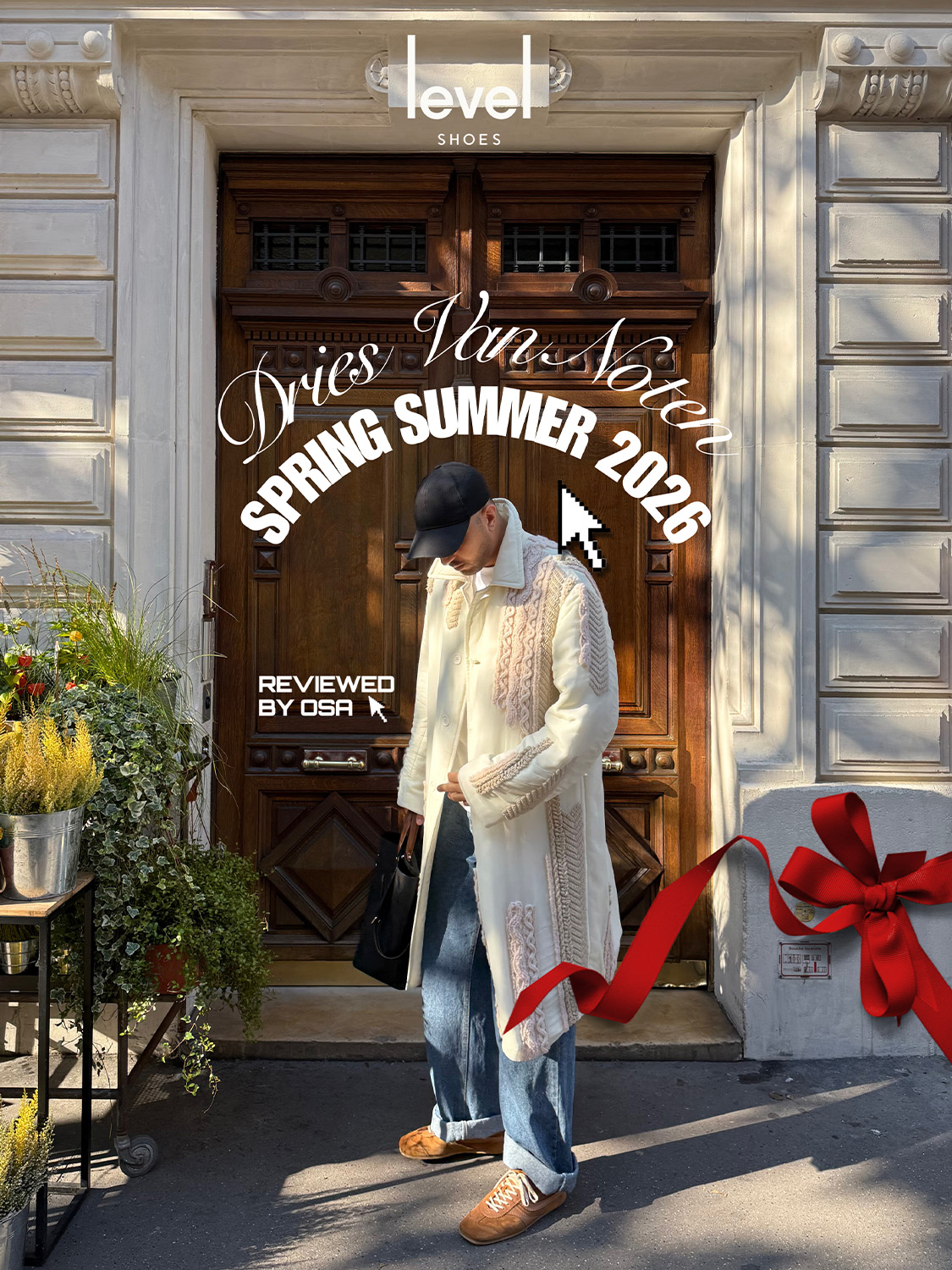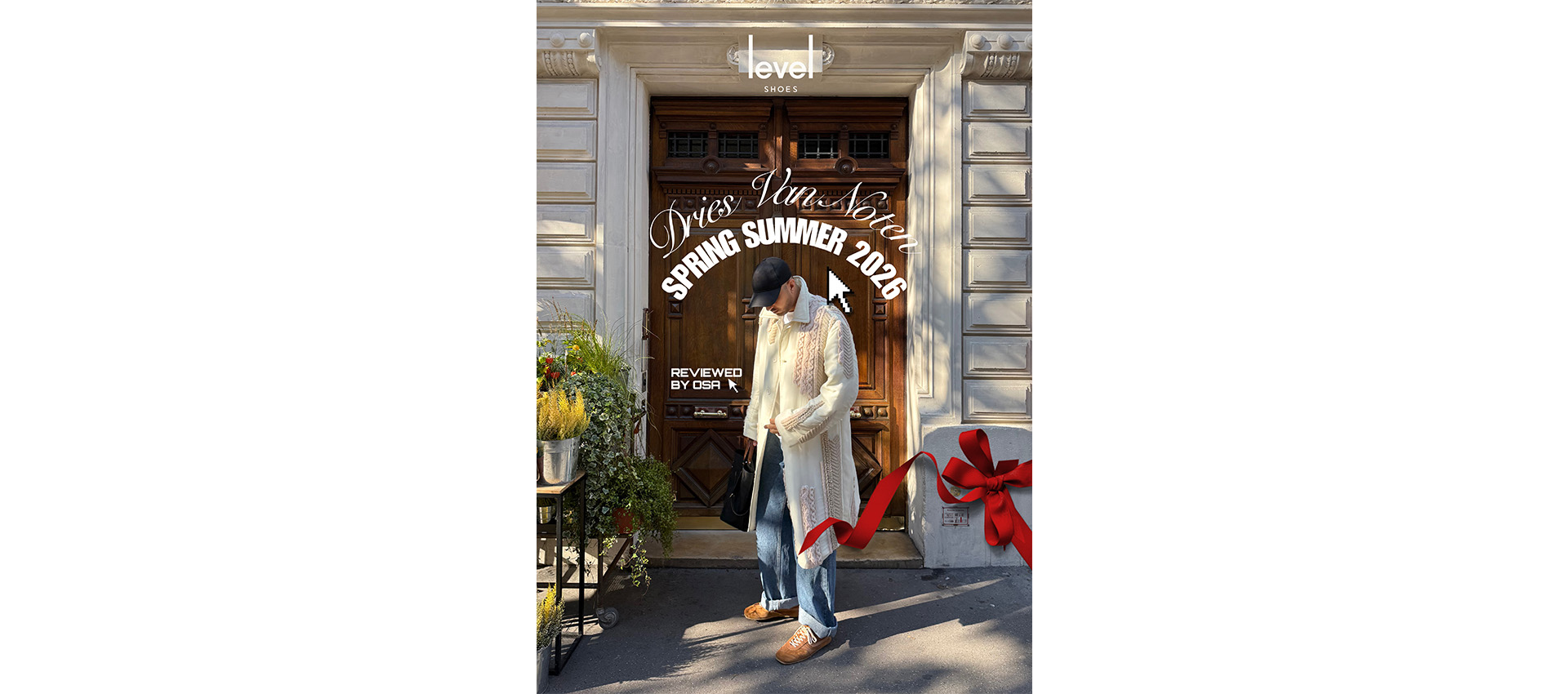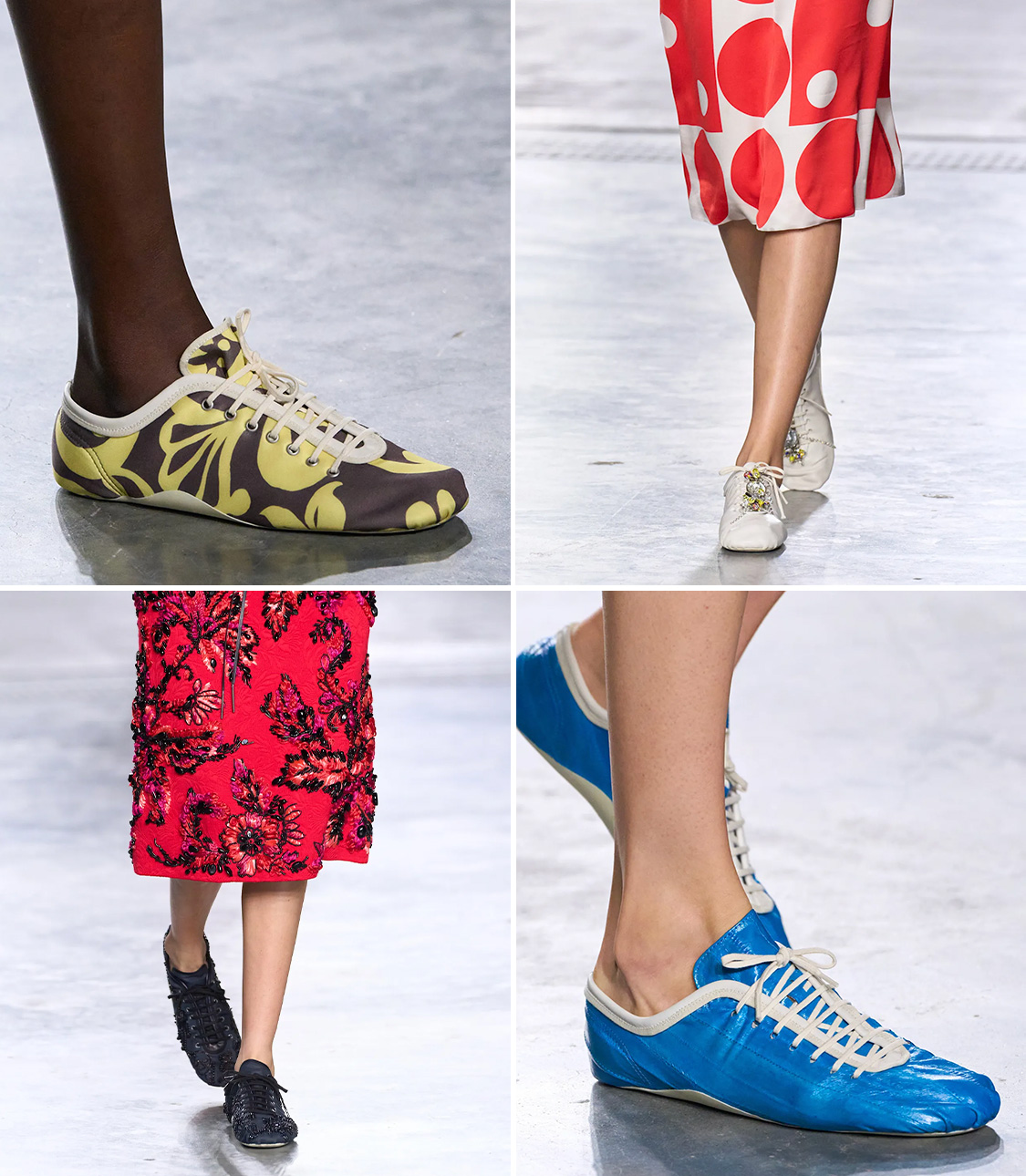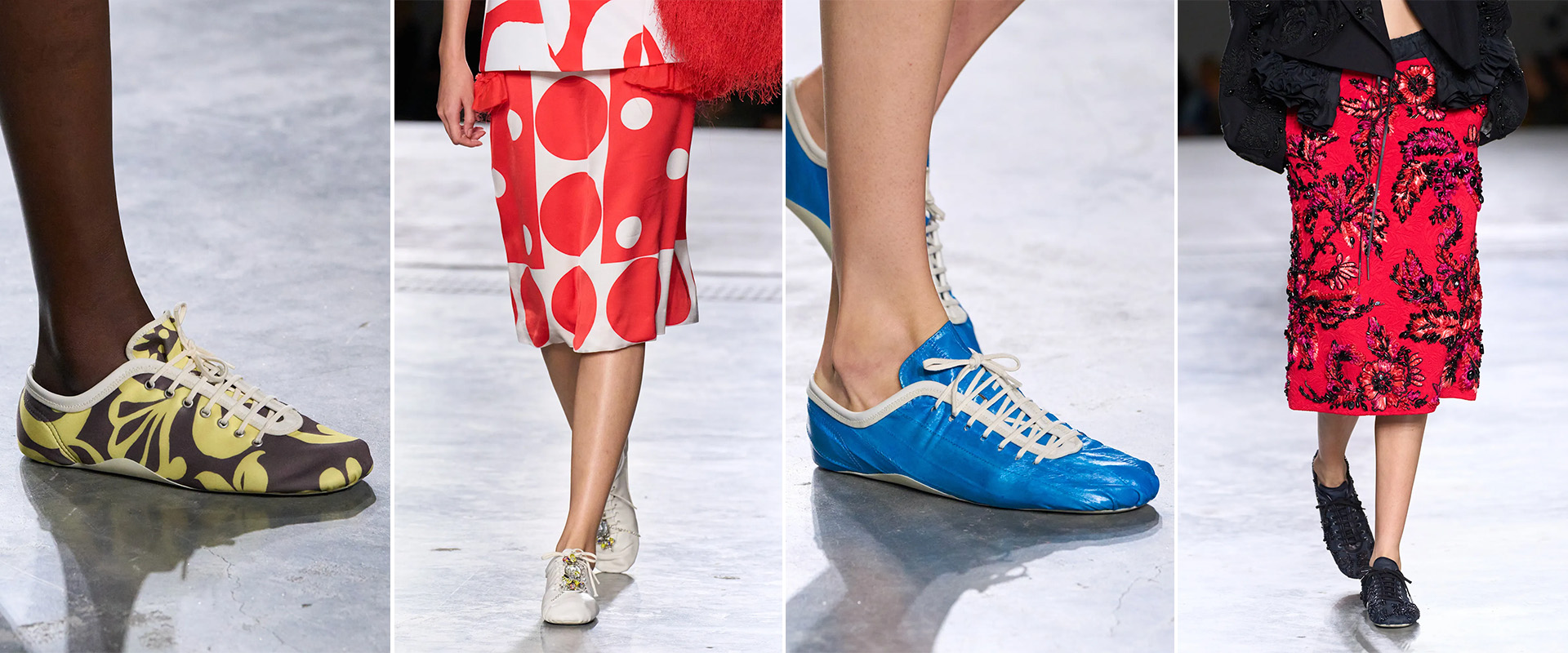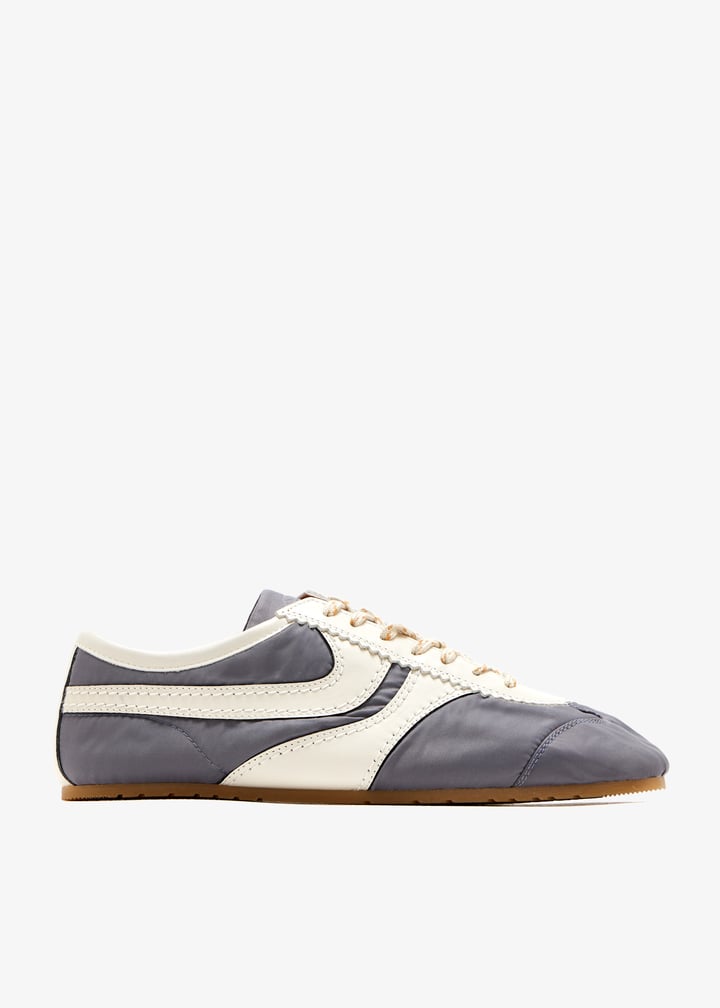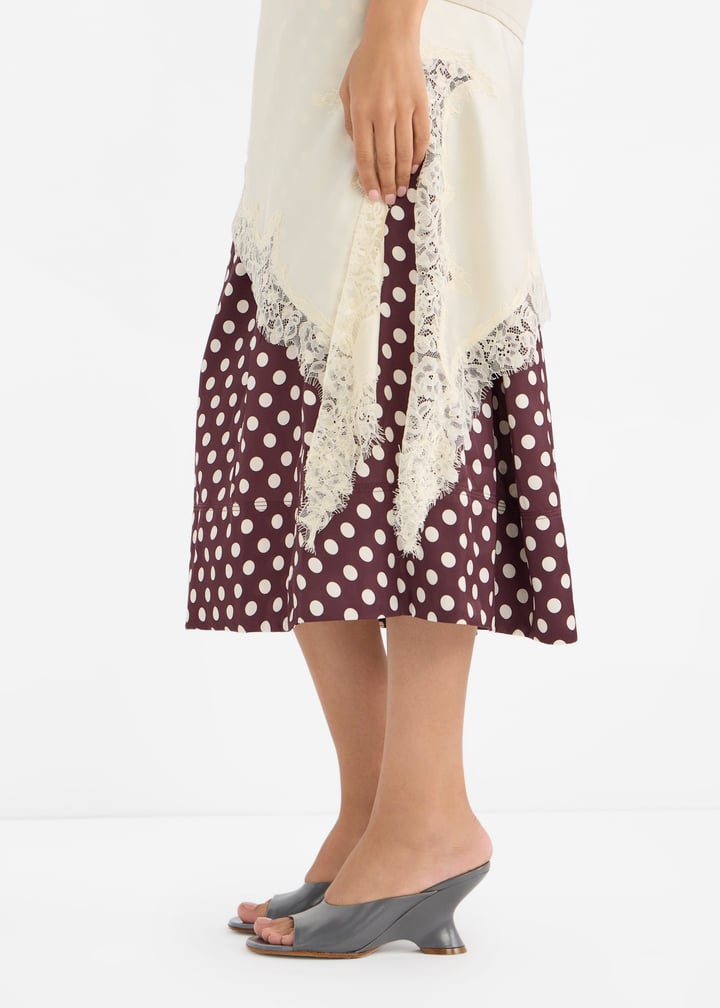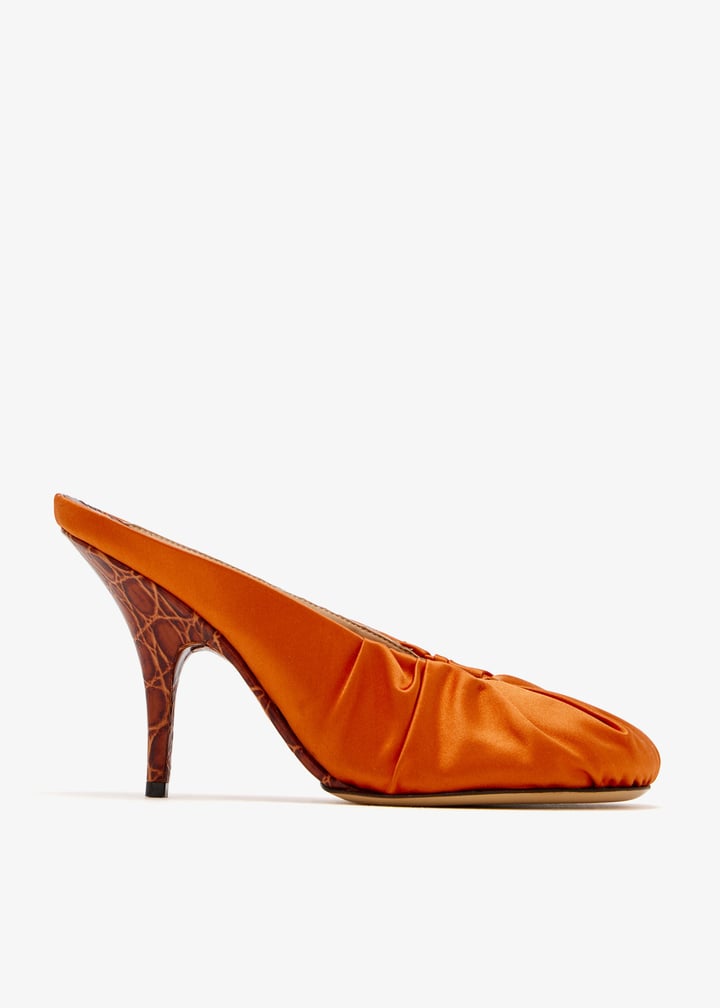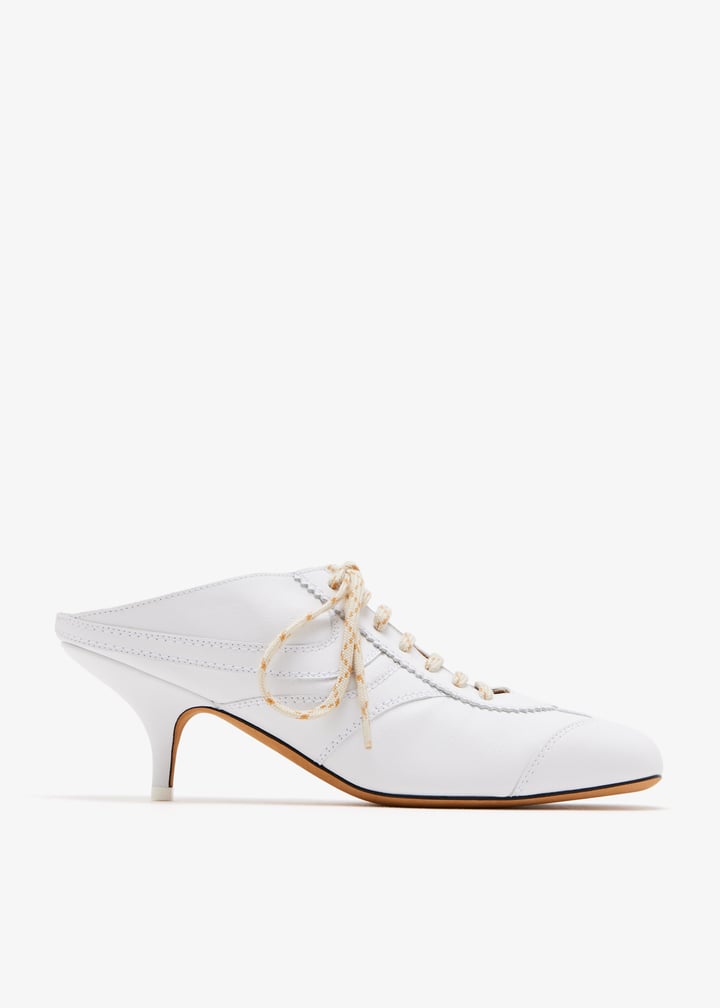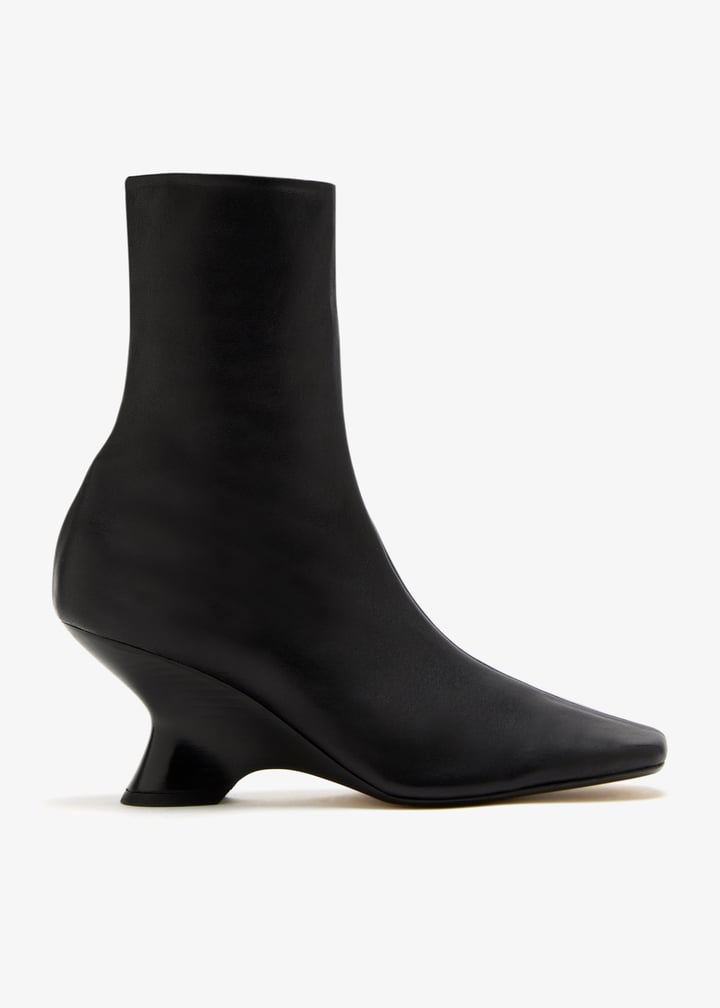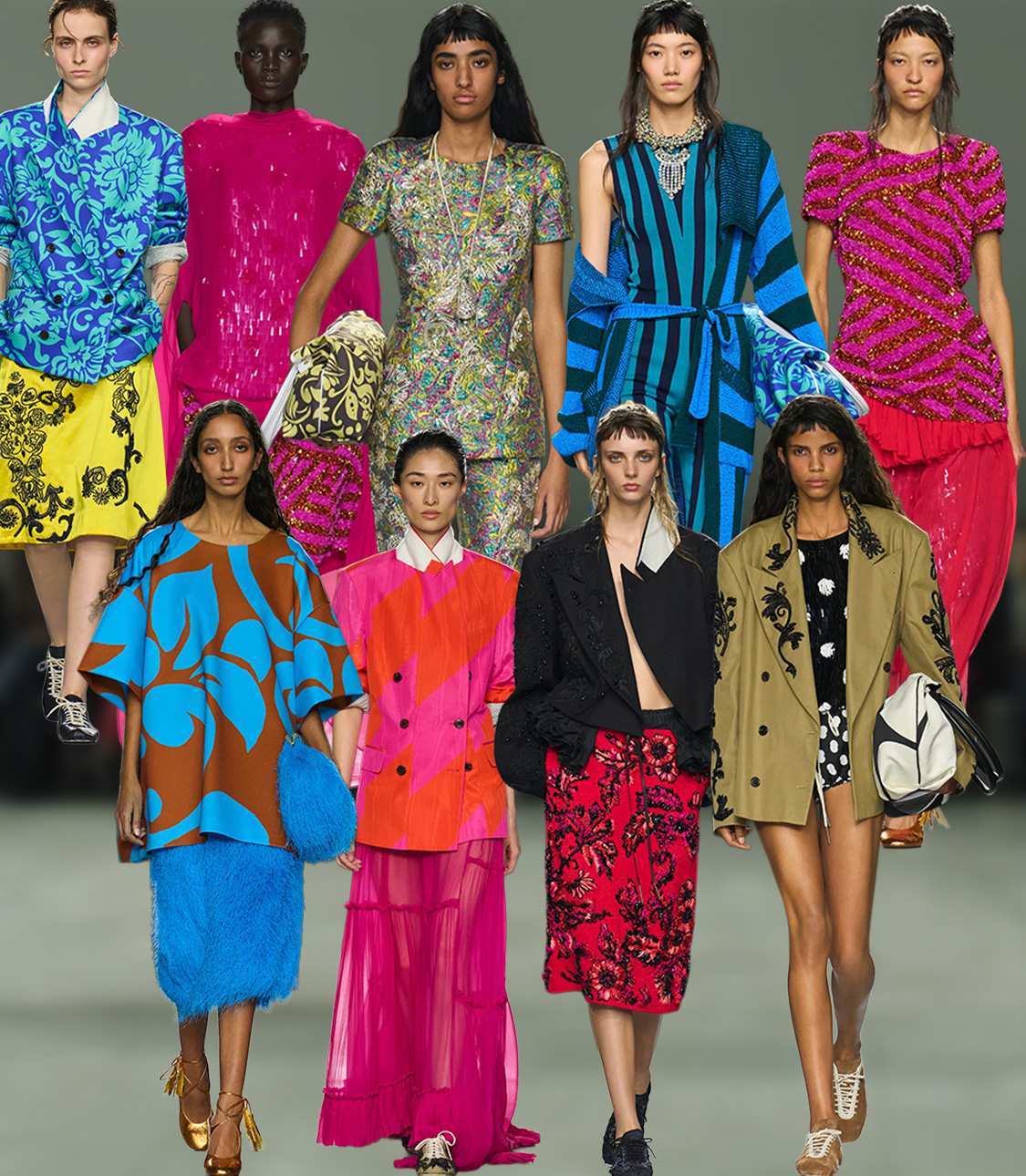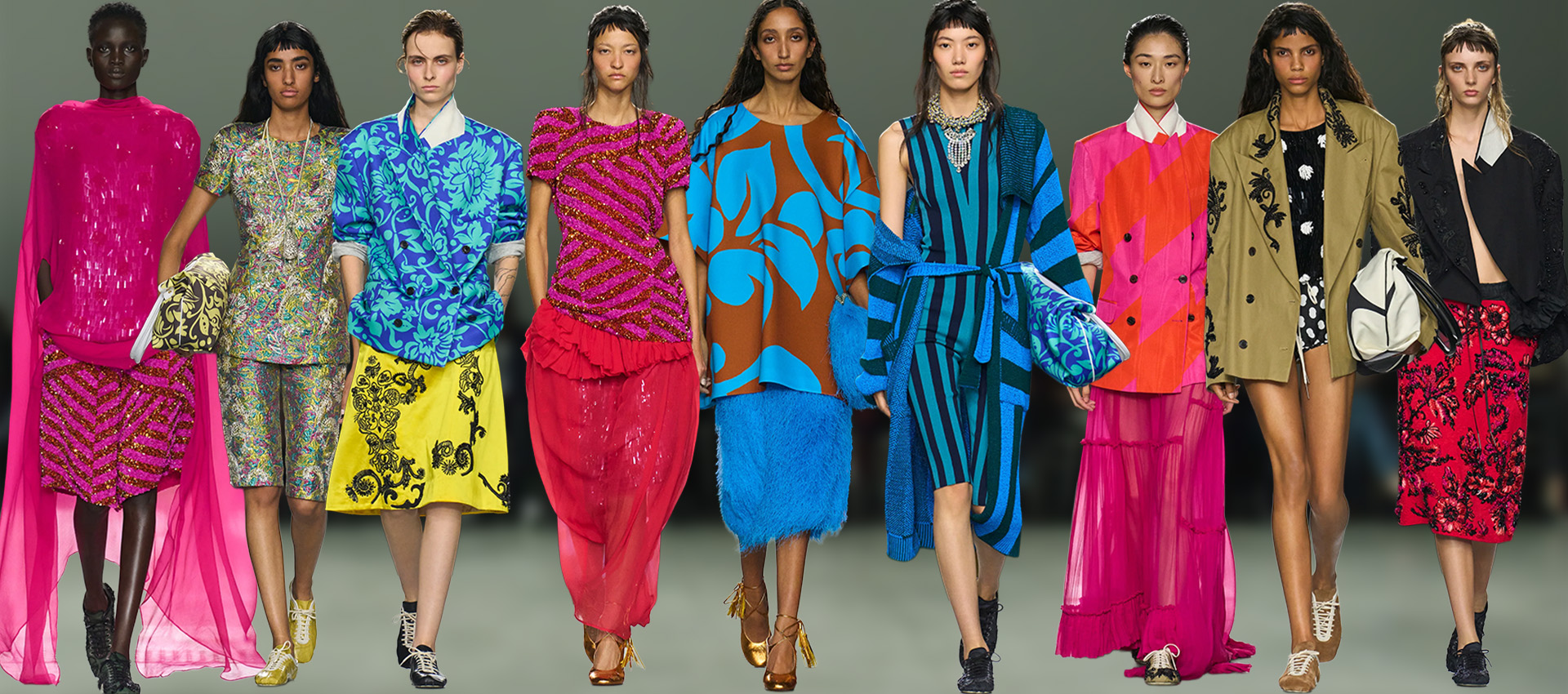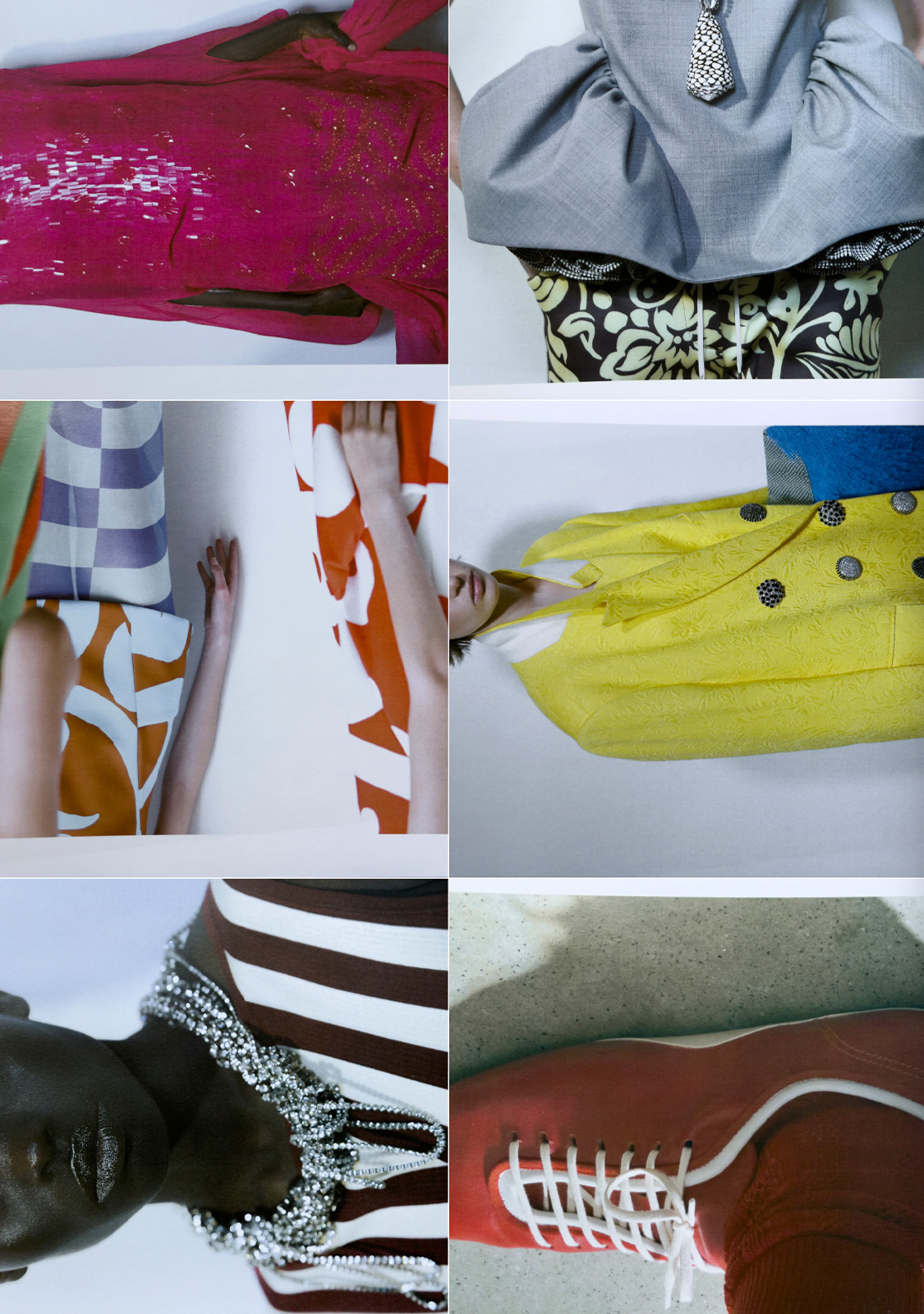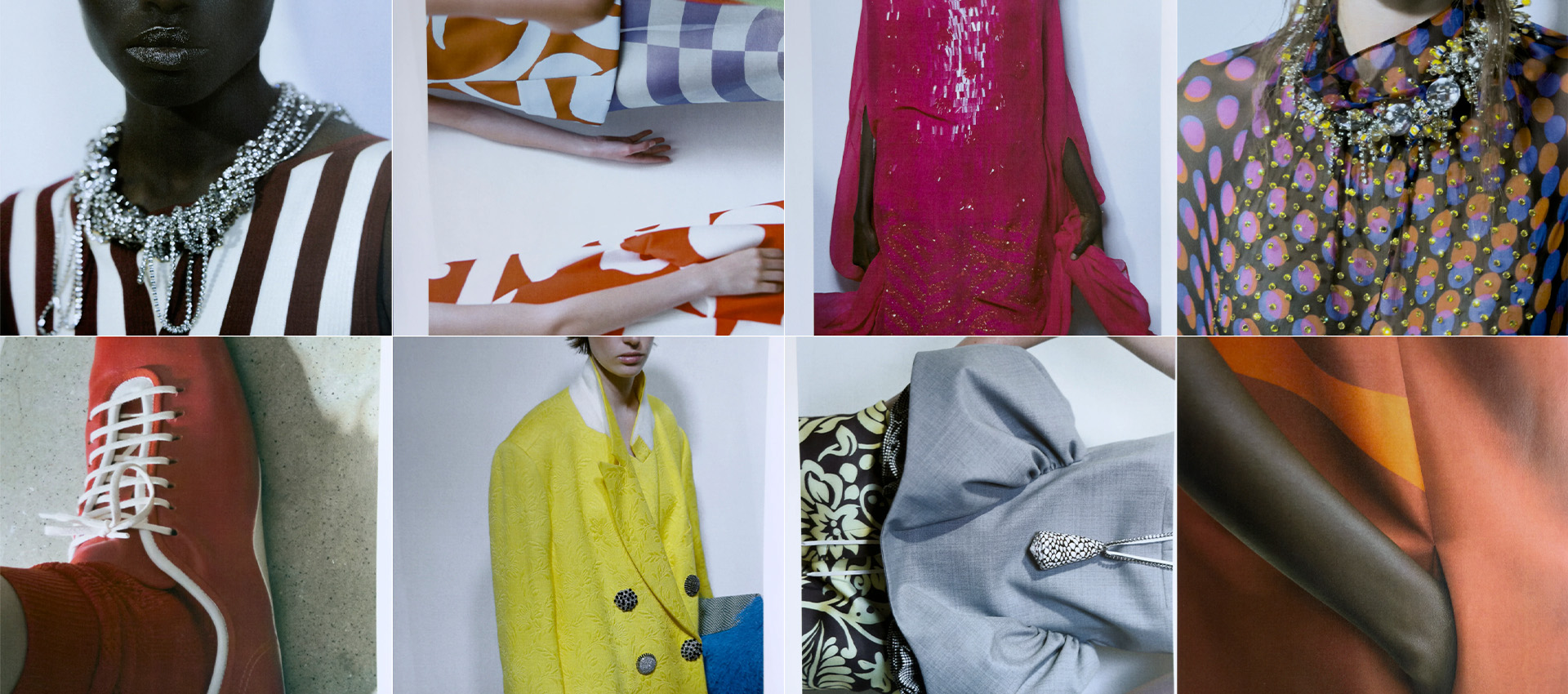Dries Van Noten Spring/Summer 2026: Reviewed By Osa
Exclusively for Level Shoes, fashion commentator Osama Chabbi reports live from Paris Fashion Week.
Shop The BrandCreative Director Julian Klausner’s debut in March 2025 was an exceptional tour de force that honored the codes of Dries while daring to evolve them. His menswear show in June only deepened the impression, signaling a new dawn that embraced individuality and authenticity. At his Spring/Summer 2026 womenswear runway show this week, he delivered again with a vision that felt assured, thoughtful, and, above all, fun.
The show was staged at the Palais de Tokyo, vast and stripped back. No theatrical sets or celebrity distractions, just the clothes, commanding the space with authority. Even the invitation hinted at restraint and intention: a photograph of splashing waves, its ink blurred as if touched by water. Inside, the soundtrack was simply waves crashing, a rhythm of nature that set the tone. This was summer.
The collection opened with an energetic clash of textiles and prints, yet the effect was weightless, never overwhelming. Fabrics floated, cuts loosened, silhouettes seemed to breathe. A highlight: the footwear. Klausner revisited Dries’s beloved flats, reimagining them in new textiles, colors, and prints, shaping what could well be the next It sneakers. Even the socks, perfectly color-coded to the shoes, spoke to an attention to detail that unified each look.
Over the past year, we’ve seen a resurgence of flatter footwear silhouettes that flirt with ballet-core yet embody the spirit of relaxed dressing. Die-hard fans of the Dries Van Noten Dustin, prized for its slightly square toe and versatility, will know it’s been on waiting lists everywhere. This season, the update is bolder, more eccentric. The shoe appeared in various textiles: embroidered, suede, and in unexpected color pairings. Impressive? Yes. But also surprisingly wearable with a few styling tricks. Trust me, I can help with that.
Shop Dries Van NotenView All
Transparency threaded its way through the collection, like sea air moving through a room. Sheer fabrics layered with florals, checks, and crystalline jewelry gave each look both fragility and strength. Accessories, especially the totes, were as expressive as the clothes themselves. Some were adorned with crystals, others with fur; each seemed to embody the broader spirit of the show: eclectic, tactile, alive. Movement was everywhere. Clothes swayed, fabrics shifted, time itself seemed to slow down, as if Klausner were asking us to consider the act of dressing as an act of self-care. “Flowers for spring? Groundbreaking,” Miranda Priestly once sneered. But here, florals for summer, Dries’s signature baroque blooms, felt entirely justified, even irresistible.
Ultimately, this was a meditation on freedom: freedom of mind, of body, of style itself. Klausner leaned into quirks and playful twists without abandoning elegance. There were surprises too, small and charming details that reminded me why fashion matters, why it moves us. Because at its best, it isn’t just fabric and cut. It’s vitality. It’s emotion. It’s the reminder to be alive.
With Spring/Summer 2026, Julian Klausner has shown that he isn’t merely continuing Dries Van Noten’s story; he’s writing a new chapter, one that resonates with both reverence and freedom. And in doing so, he makes the case for a future where summer dressing is less about heat and trend, and more about soul.
